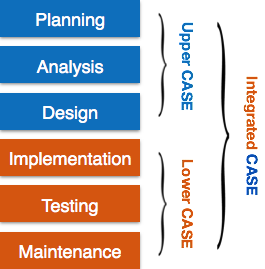
At least 34 coal-based thermal power companies have offered to sell their projects to NTPC, the country's main power creator. The Maharatna company, aiming to add 14,000 MW ability by 2017, had asked companies through announcement to offer their trapped projects for assessment.
Informing the Rajya Sabha in this look upon, Power Minister Piyush Goyal on Monday said NTPC had sought appearance of attention (EOI) from state power boards, power age group companies, sovereign power producers, among others, for contribution their coal-based thermal power projects for probable attainment.
"Against this EOI, 34 proposals have been conventional," Goyal avowed.
The state-owned power age group firm is expectant of finalising these proposals by the year-end. "It will appraise the superiority of gear of these projects, the level of clearances they have achieved, coal ease of use and sourcing the fuel in case of non-ease of use before trade these thermal power stations," said Goyal. State owned NTPC is also supposedly in talks with confidential power companies like L& T and Shapoorji Pallonji Group with a view to taking over their trapped plants.
NTPC is at present constructing a 2,640 MW power plant in Barethi in Chhattarpur district of Madhya Pradesh at a cost of about Rs 18,000 crore.
With its speculation plans of over Rs 1.5 lakh crore for the 12th Plan era (2012-17), NTPC remains crucial to the government's effort to speed up public sector venture to boost the wealth. NTPC has an installed capacity of 43,019 MW through its 17 coal-based, seven gas-based, seven solar renewable and seven joint venture power stations causal 28 per cent of the country's power conditions.
NTPC Chairman & Managing Director Arup Roy Choudhury said the company has plans to become a 1,28,000 MW company in terms of installed capacity, with 28 per cent coming from non-fossil fuel sources such as renewable, hydro and nuclear.






 A little sunshine can boost your mood and help prevent serious illnesses, says Averil Nunes.
A little sunshine can boost your mood and help prevent serious illnesses, says Averil Nunes.